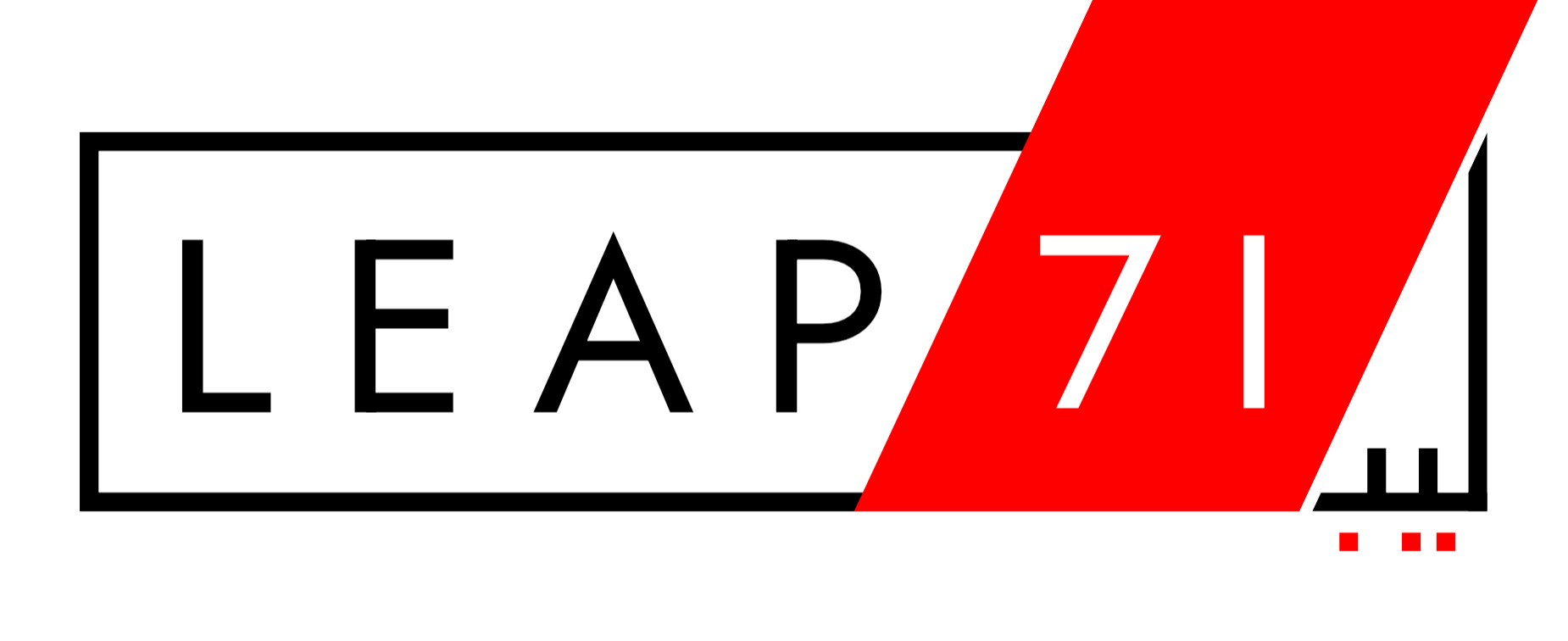Dubai (UAE)/Munich (Germany) – LEAP 71 and The Exploration Company have announced a cooperation in the field of space propulsion systems. The two companies are teaming up to create a physically and practically validated computational model for the engineering of rocket and orbital engines. This Computational Engineering Model, the first of its kind, is expected to significantly accelerate innovation in the field of spacecraft systems design.
The Exploration Company is the developer, manufacturer and operator of Nyx, a modular and reusable orbital space vehicle, aiming at making space exploration affordable, available, and open. LEAP 71 is pioneering the new field of Computational Engineering, where powerful algorithms generate physical objects, ready for production using advanced manufacturing methods, such as industrial 3D printing.
The cooperation will enhance LEAP 71’s existing computational model for space propulsion, RP/CEM, by incorporating practical feedback and conducting rigorous testing to validate and improve its performance.
Hélène Huby, co-founder, and CEO of The Exploration Company said: “One of the challenges for reducing the cost of space exploration is the conventional approach to engineering. Complex parts like rocket engines are hard to design, and each iteration can sometimes take a significant amount of manual rework with traditional CAD-based tools. Using computational models, we want to engineer faster, so that we can print and test faster – hence accelerating the improvement and validation of our engines.”
Says Josefine Lissner, founder, and Managing Director of LEAP 71, “We are excited to put our Computational Engineering Model to the test and get real-world feedback, to fine-tune it to the point, where we have a robust foundation. I expect a tipping point in the space industry when our model successfully starts producing operational engines across a wide range of parameters. As each new test feeds back into the model, the resulting objects will improve exponentially. This is a key building block on our path to a space-faring society.”
About LEAP 71
LEAP 71 pioneers the use of complex software models in engineering to shape our physical world. The company is based in Dubai, United Arab Emirates, and focuses on space systems, electric mobility, and other advanced fields of engineering.
For more information, please see: https://leap71.com
LEAP 71 Press Contact: press@leap.71.com
About The Exploration Company
The Exploration Company (TEC) is the developer, manufacturer and operator of Nyx, a modular and reusable orbital space vehicle, aiming to make space exploration affordable, available, and open. TEC is one of Europe’s fastest moving start-ups in the space sector and quite unique in the way they tackle certain technological and development challenges.
For more information, please see: https://www.exploration.space
TEC Press Contact: matilda@exploration.space




























